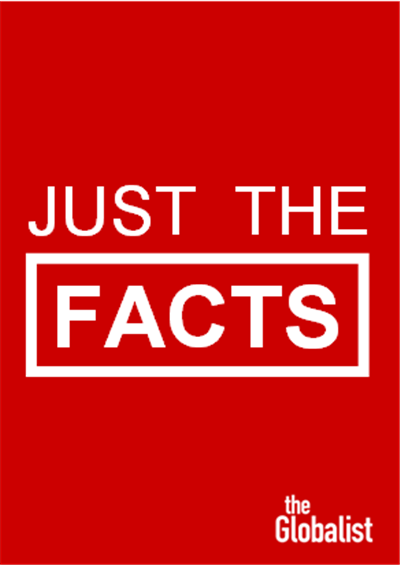Iran Protests: Urbanization as a Factor
Most Iranians live in cities. Protests are no longer confined to Tehran and other big cities, as the move to small cities is changing the landscape of protests.
January 15, 2018

1. The spread-out nature of the recent protests, focusing on smaller and less affluent cities in Iran, partially reflects a population shift.
2. There has been a continued flight of Iran’s population from rural areas to small and mid-sized cities.
3. This is why the recent protests were more geographically dispersed than in 2009, when they focused on several big cities where reformist voters had strong showings.
Iran Protests: The Inflation Dimension
Iran Protests: The Young and the Jobless
Iran Protests: Urbanization as a Factor
Iran Protests: Frustrating Budget Changes
4. Recent protests included newly urban conservative voters who recently left the countryside and oppose the reformist Rouhani presidency.
5. The percentage of the Iranian population that lives in cities now is just shy of 75%.
6. That is about the same as Turkey’s urbanization level, slightly higher than Iraq’s, and much higher than Egypt’s 43%.
7. In part, the move to cities reflects collapsing rural opportunities. 72% of Iran’s land is unsuitable for or excluded from farming. Much of the remainder is poor or very poor quality land.
8. Already half of the country’s croplands are on “low-quality” lands that are not sustainable. Water resources are also stretched.
9. Iran already is one of the 36 countries in the world considered to have “extremely high” baseline water resource stress from urban and agricultural mis-use or over-use.
10. By 2040, Iran is expected to rank 13th-most water-stressed in the world.
Sources: The Globalist Research Center, NPR, Al-Monitor, Washington Post, New York Times, The Telegraph, World Factbook, Nature, World Resources Institute